Picture this: you’re trudging through the wild expanse of the backcountry, and suddenly the realization hits that you’ve veered off course. It’s a spine-chilling scenario I know all too well from a somewhat overzealous trek in my past.
Ever since that unintentional wilderness detour, I dove headfirst into uncovering tried-and-true strategies for navigating unmarked terrain. The result? This comprehensive article meant to guide you safely when venturing into Mother Nature’s domain, even when your tech-savvy gadgets decide to call it quits.
Together, we’ll master techniques like deciphering topographic maps and wielding a compass like seasoned explorers. So buckle up! We’re about to transform every trailblazing adventure under an open sky into fond campfire stories waiting to happen!
Key Takeaways
- Wilderness navigation skills are important for hikers and outdoor enthusiasts to safely explore unmarked terrain.
- Carrying a topographic map is crucial as it provides detailed information about the land, elevation, and landmarks in an area.
- Understanding magnetic declination and how to read a compass are essential skills for successful wilderness navigation.
- Phone apps and technology can be valuable tools for wilderness navigation, offering convenient access to maps and GPS tracking.
The Importance of Wilderness Navigation
Successfully finding the trail using navigation techniques is a testament to the importance of wilderness navigation skills, proving that they can be lifesaving in backcountry situations.
The story of successfully finding the trail using navigation techniques
I got lost once in a thick forest. I had no idea where to go. My heart raced. But then, I remembered my navigation skills. With the sun as my guide and my knowledge of the wild, I found the trail again.
This was not luck or magic, but it was using proven methods of outdoor navigation. It became clear how important these skills are for hikers like me who love to explore off the beaten path.
Why carrying a topographic map is crucial
In the wilderness, a topographic map is my best friend. This special type of map shows the shape of landforms. It has lines that tell me how high or low an area is. This helps me when I cross hilly or mountainous areas.
The map also tells me where I can find water sources and good campsites.
Just having any old planimetric maps won’t do when you’re out in nature. These flat maps don’t show the height of hills or mountains like a topographic map does. With a topographic map, I’m not guessing what’s ahead on my route; it guides me every step of the way! Plus, it helps me guess how long it will take to get from one place to another.
So, carrying a topographic map gives confidence even in unknown areas.
How to print and read a topographic map
First, you need a topographic map. Get one online. You can download it and print it on paper that is strong and safe from water. It’s good to have maps in hard copy if your phone or GPS stops working.
Next, learn how to read the map. The lines are important! They show you how high the land is at different places. Some areas will be flat and others will have hills or mountains. Learn what all symbols mean too! There are signs for paths, rivers, and campsites among other things.
This way, using a topographic map becomes easy when hiking or navigating outdoors.
Understanding and Using a Compass
Choosing the right compass is essential for successful wilderness navigation; understanding magnetic declination and learning how to read a compass are also crucial skills.
Choosing the right compass
When it comes to choosing the right compass for wilderness navigation, there are a few important factors to consider. First, think about the type of outdoor activities you’ll be doing and choose a compass that is suitable for those conditions.
For example, if you’ll be hiking in rugged terrain or exposed areas, look for a durable compass with a strong housing. Second, consider the features you need. Some compasses have built-in clinometers for measuring slope angle, while others may have sighting mirrors for more accurate bearings.
Lastly, don’t forget about size and weight. Look for a compass that is lightweight and compact so it’s easy to carry with you on your adventures. By considering these factors, you can choose a compass that will help keep you on track during your wilderness explorations.
Understanding magnetic declination
Magnetic declination is the difference between magnetic north and true north. It’s important to know about this because it can affect your compass readings when you’re hiking in the wilderness.
Magnetic deviation, which is the quick change of magnetic declination over short distances, can make your compass readings unstable. Therefore, adjusting for magnetic declination is necessary to get accurate bearings with a compass.
If you fail to set the declination on your compass correctly, it can lead to navigational errors and you might end up going in the wrong direction. To determine the correct magnetic declination for your specific location, you can use online calculators that are available.
How to read a compass
To read a compass, start by understanding its basic parts. A compass has a magnetic needle that points to the north. There are two types of north – true north and magnetic north. True north is the direction toward the North Pole, while magnetic north is where the Earth’s magnetic field pulls the compass needle.
To use a compass with a map, you need to adjust for something called declination. Declination shows the difference between true north and magnetic north in your area. By adjusting your compass according to this declination value, you can align it with your map.
Once your compass is aligned with the map, hold it flat in front of you and turn yourself until the red end of the needle lines up with N on the dial or arrow pointing towards N on modern digital models.
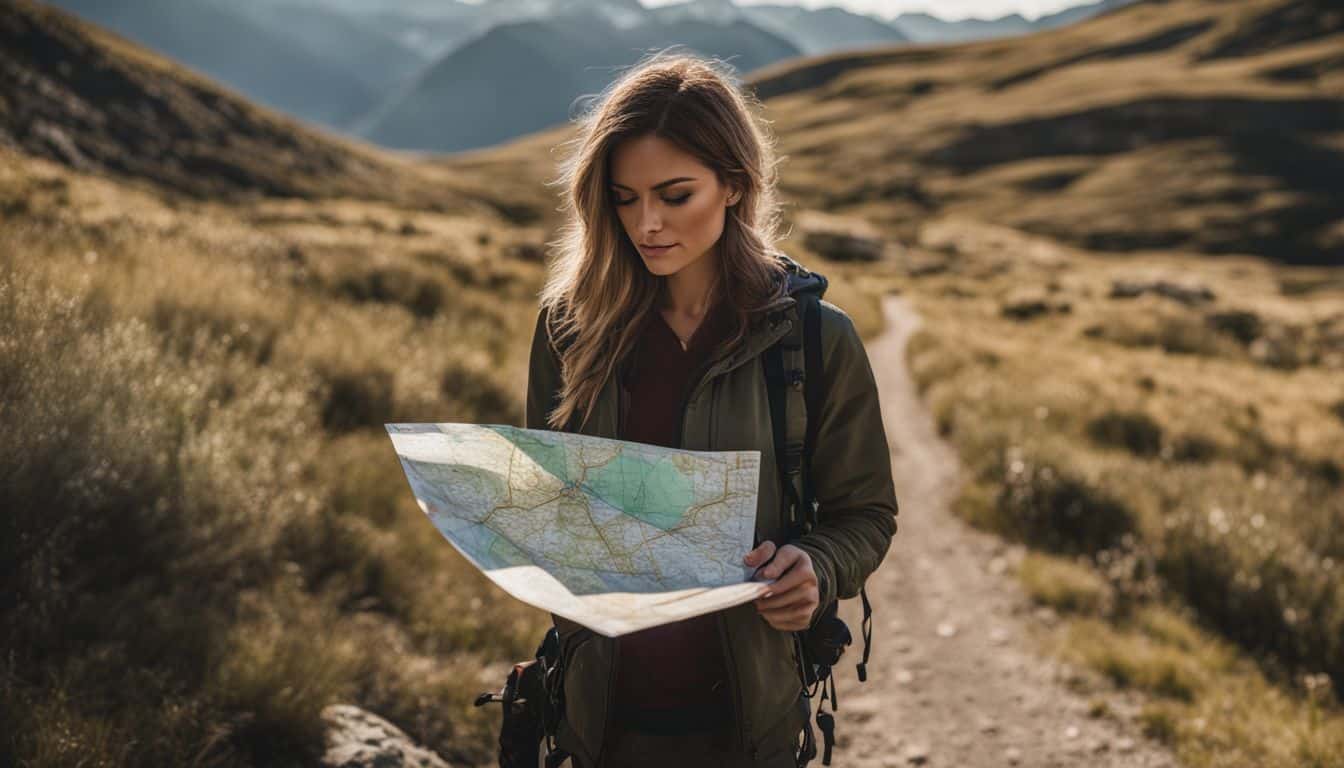
Guide to Wilderness Navigation Basics
So you want to learn the basics of wilderness navigation? Well, you’re in the right place! In this guide, I’ll walk you through some essential skills and techniques that will help you navigate confidently in the great outdoors.
First things first, let’s talk about maps. Carrying a topographic map is crucial for any outdoor adventure. These maps provide detailed information about the terrain, elevation, and landmarks in an area.
Make sure to familiarize yourself with how to read a topographic map before heading out on your hike.
Next up is using a compass. Choosing the right compass is important – make sure it has a clear baseplate and adjustable declination settings. Understanding magnetic declination is also key; it’s all about accounting for variations between true north and magnetic north.
Once you’ve got that down, reading a compass becomes much easier!
Now that we’ve covered the basics of maps and compasses, it’s time to put them together in practice. Aligning your map with north using your compass is an essential step before navigating.
From there, navigating toward catchlines (like rivers or ridgelines) can help keep you on track.
If you’re feeling adventurous and want to take your navigation skills to the next level, there are advanced techniques like triangulation or dead reckoning that can come in handy.
Remember, learning wilderness navigation takes time and practice. But by honing these skills, you’ll be able to explore new trails with confidence and ensure a safe and successful outdoor experience!
Navigating with a Topographic Map and Compass
In this section, I will guide you on how to effectively navigate using a topographic map and compass.
Aligning your map
When navigating with a topographic map and compass, one important step is aligning your map. This means making sure that the direction of travel on the map matches the actual direction you are facing in real life.
To do this, place your compass on the map so that the edge lines up with your starting point and destination. Then, rotate the map until the north arrow on your compass is pointing towards true north.
Once aligned, you can confidently follow your planned route and stay on track as you explore the wilderness.
Remember, aligning your map accurately is crucial for successful navigation. By taking this simple step, you’ll be able to visualize how the terrain looks between two points and make informed decisions about which way to go next.
Navigating toward a catchline
To navigate toward a catchline, like a road or trail, is an important skill in wilderness navigation. Catchlines can act as clear markers and help ensure you stay on the right track.
When studying your topographic map, look for these catchlines and use them as reference points to guide your route. By comparing the surrounding terrain and landforms with what you see on the map, you can easily determine your location relative to the catchline.
This will help keep you oriented and make it easier to find your way in the wilderness. Remember that understanding contour lines on the map is crucial for interpreting landforms accurately and navigating successfully.
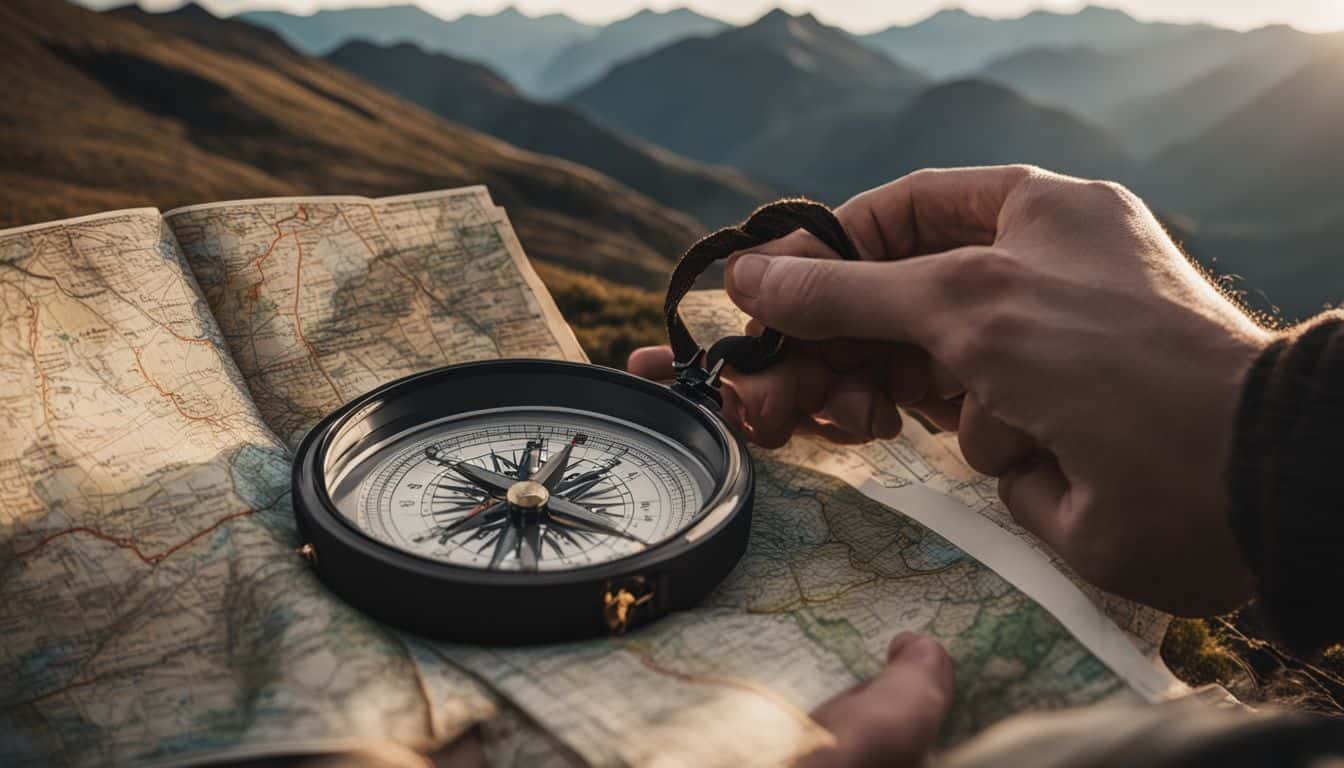
Advanced skills in wilderness navigation
When it comes to wilderness navigation, there are some advanced skills that can take your outdoor adventures to the next level. These skills include reading a topographic map, using a compass effectively, and route planning.
By mastering these techniques, you’ll be able to explore new areas with confidence and accuracy. Having a comprehensive understanding of map and compass skills is crucial for staying safe in the wilderness.
Additionally, learning advanced techniques for obtaining accurate compass readings can greatly enhance your navigational accuracy. Remember, navigating with a map and compass remains the foundation for successful travel in the outdoors.
Utilizing Phone Apps and Technology
Phone apps and technology can be valuable tools for wilderness navigation, offering a convenient way to access maps and GPS tracking on your smartphone.
Simple phone apps for navigation
There are easy and convenient phone apps available for wilderness navigation. Apps like GaiaGPS, Caltopo, and Fatmap can help you find your way while hiking. These navigation apps use GPS technology to track your location on a map, making it easier to navigate in the wilderness.
The best part is that most of these apps are free and easily accessible on major app stores. So if you’re looking for a simple and effective tool to assist you with navigation during your hikes, consider using one of these smartphone apps.
Advanced phone apps for navigation
There are many useful phone apps available for wilderness navigation. Some popular options include GaiaGPS, Caltopo, and Fatmap. These apps provide advanced features to help hikers and outdoor enthusiasts navigate in the wilderness.
With these apps, you can access detailed maps, track your location using GPS, and even plan routes ahead of time. They are a convenient tool to have on your smartphone when exploring the great outdoors.
Additionally, there has been a survey conducted on nature-related apps, including conservation and environmental science apps. So whether you’re hiking or interested in conservation efforts, these advanced phone apps can enhance your outdoor experience and provide expert navigation assistance right at your fingertips.
Handheld GPS devices
I find handheld GPS devices to be extremely useful tools for wilderness navigation. They are portable and have screens and buttons that make it easy to control your navigation. With these devices, you can record coordinates and track your whereabouts with accuracy and reliability.
Whether you’re hiking, backpacking, or participating in other outdoor activities, handheld GPS devices provide valuable assistance in finding your way in the wilderness.
Route Finding Tips
Learn expert tips for finding the best routes in the wilderness, ensuring your hikes are safe and enjoyable.
Tips for finding the best routes in the wilderness
When exploring the wilderness, it’s important to find the best routes to stay safe and make the most of your adventure. Here are some tips that can help you navigate successfully:.
1. Study your topographic map: Before heading out, take time to study your topographic map carefully. Look for prominent features like mountains, rivers, and lakes that can guide you on your way.
2. Follow natural landmarks: Keep an eye out for natural landmarks such as ridges, valleys, or distinctive rock formations. These can serve as reliable reference points to navigate through unfamiliar terrain.
Wilderness Navigation Handbook
The “Wilderness Navigation Handbook,” written by Colin Towell, a SAS combat survival instructor, is a comprehensive guide that covers key navigation techniques necessary for success in the wilderness.
Overview of the “Wilderness Navigation Handbook”
The “Wilderness Navigation Handbook” is a comprehensive guidebook that provides all the information you need to navigate in the wilderness using a map and compass. It covers both land and backcountry navigation, making it suitable for various outdoor activities.
The book also includes guidance on using GPS for navigation. With its publication date of September 28, 2005, this handbook has been trusted by many hikers and explorers. In the “Wilderness Navigation Handbook,” you’ll find 15 proven tips that will help you become successful in navigating through the wilderness.
Key navigation techniques covered in the book
The Wilderness Navigation Handbook covers essential navigation techniques that will help you explore the wilderness with confidence. It teaches you how to use topographic maps, compasses, and navigational apps or GPS units effectively.
By learning these skills, you’ll be able to plan routes, find your way using landmarks and catchlines, and understand magnetic declination. The book also introduces environmental navigation techniques for different terrains and conditions.
With this knowledge, you can navigate safely in the wilderness and experience the freedom of exploring off-trail.
Importance of Navigation Skills in Alaska
In Alaska, navigation skills are of utmost importance due to the rugged and unforgiving terrain.
Special considerations for hikers and mountaineers in Alaska
Alaska is a beautiful but challenging place for hikers and mountaineers. It’s important to be aware of some special considerations when exploring the wilderness in this region. First, weather conditions can change quickly, so it’s crucial to be prepared with proper gear and clothing.
Additionally, Alaska has vast areas of remote wilderness with limited cell phone reception, so having a reliable navigation system like a compass or GPS device is essential. Lastly, wildlife encounters are common in Alaska, so being knowledgeable about how to safely handle these situations is vital for your safety.
Having these considerations in mind will help ensure a safe and enjoyable hiking or mountaineering experience in Alaska.
Safety and Success in Wilderness Navigation
Stay safe and ensure success in wilderness navigation by practicing and honing your skills, being prepared for unexpected situations, and always having a backup navigation method such as a compass or GPS device.
The importance of practicing and honing navigation skills
Practicing and honing navigation skills is crucial for staying safe and successful in the wilderness. By developing these skills, you’ll be able to navigate your way through unknown terrain, find your way back to camp or the trailhead, and avoid getting lost.
It’s important to remember that even with modern technology like GPS devices, phones, and apps, these can fail or run out of battery when you need them the most. By learning how to read maps, use a compass, and understand landmarks and natural features, you’ll become more self-reliant in the outdoors.
Plus, improving your navigation skills can also enhance other bushcraft abilities such as observation skills and overall situational awareness. So practice regularly and take time to improve your navigational knowledge – it could make all the difference in a challenging outdoor situation.
Tips for staying safe and successful in the wilderness
To stay safe and successful in the wilderness, there are a few important tips to keep in mind. First, it’s crucial to practice and hone your navigation skills before heading out. This means understanding how to use a compass and read a topographic map.
These skills will help you find your way and avoid getting lost.
Another tip is to plan ahead and be prepared. Make sure you have the necessary gear, including extra food, water, and clothing. It’s also important to research the area you’ll be exploring and check for any potential hazards or weather conditions that could affect your trip.
Additionally, always let someone know where you’re going and when you expect to return. This way, if something goes wrong, help can be sent if needed. Lastly,.
Conclusion on Wilderness Navigation Basics
In conclusion, “Wilderness Navigation Basics: 3 Proven Tips For Success” is a comprehensive guide that provides essential tips for successfully navigating in the wilderness. Written by Colin Towell, an ex-SAS Combat Survival Instructor, this article covers all the basic navigation techniques one needs to know.
From understanding and using a compass to reading topographic maps and utilizing technology like phone apps and GPS devices, these proven tips will help hikers and outdoor enthusiasts stay safe and successful on their backcountry adventures.
FAQs on Wilderness Navigation Basics
1. What is wilderness navigation?
Wilderness navigation refers to the skills and techniques used to determine one’s location and navigate in outdoor environments, such as forests or mountains.
2. What are some essential tools for wilderness navigation?
Essential tools for wilderness navigation include a compass, topographic maps, and a GPS device (optional). These tools help you identify your position and plan your route.
3. How can I use a compass for wilderness navigation?
To use a compass for wilderness navigation, align the magnetic needle with the orienting arrow, hold the compass level, and turn until the North N on the dial matches up with magnetic north. This will help you determine which direction you’re facing.
4. How do I read a topographic map for wilderness navigation?
To read a topographic map for wilderness navigation, look at contour lines that represent changes in elevation, identify prominent features like rivers or mountains, and use scale information to estimate distances between points on the map.
5. What are three proven tips for successful wilderness navigation?
Three proven tips for successful wilderness navigation are: 1) Plan your route before heading out; 2) Keep track of landmarks along the way; 3) Always carry backup navigational tools in case technology fails.


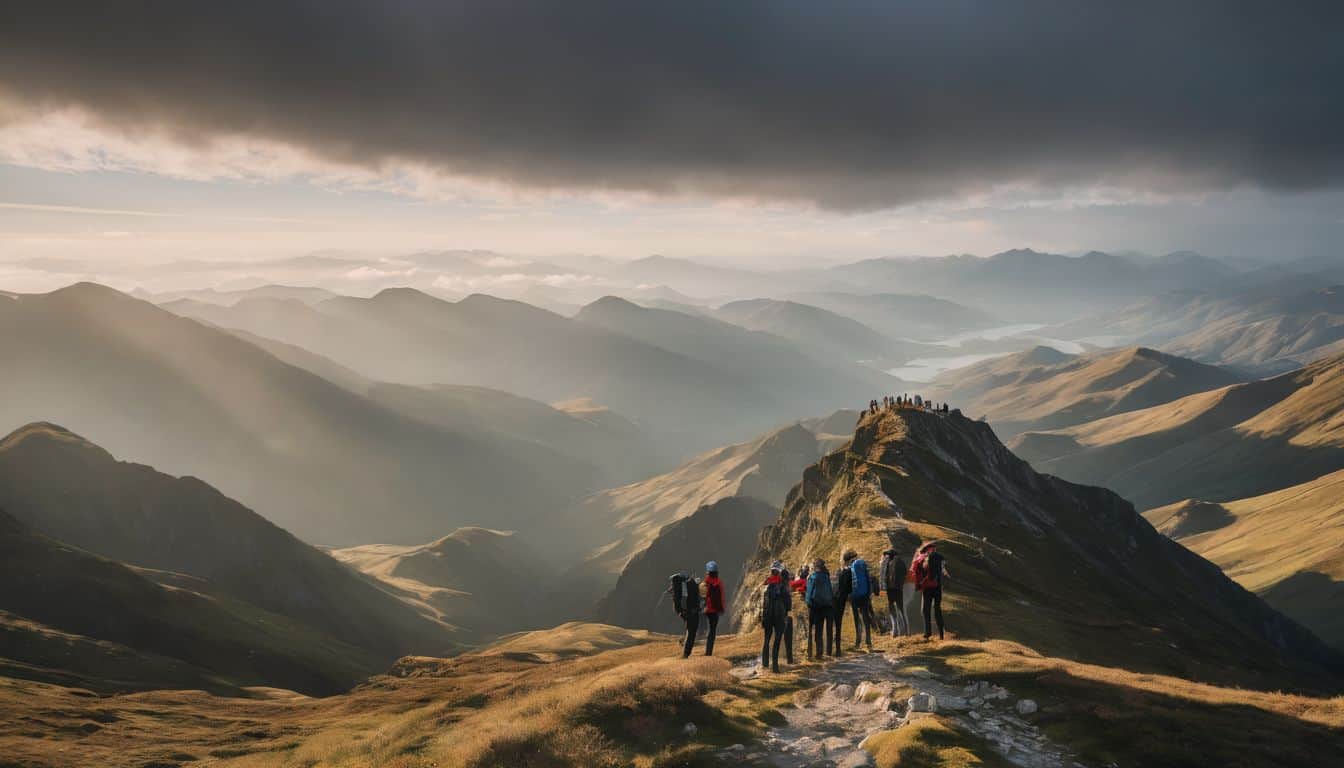
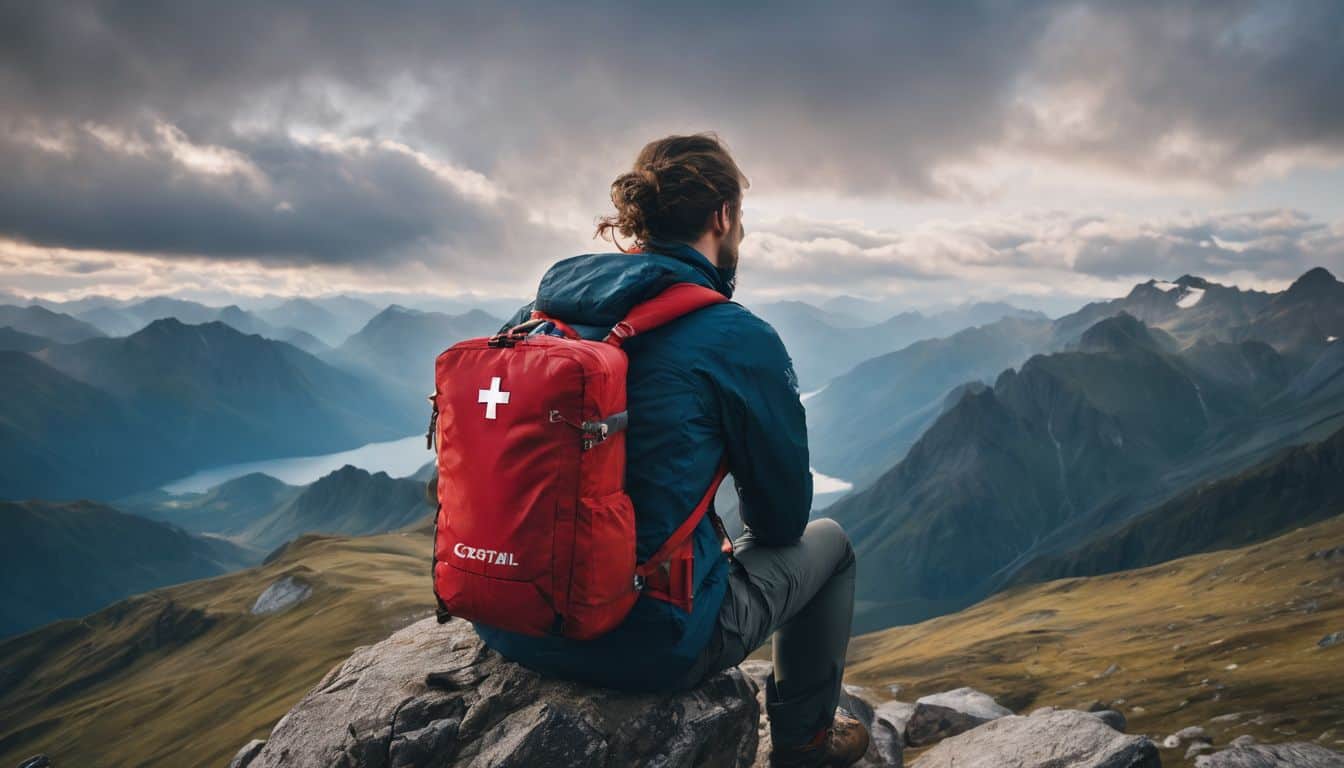
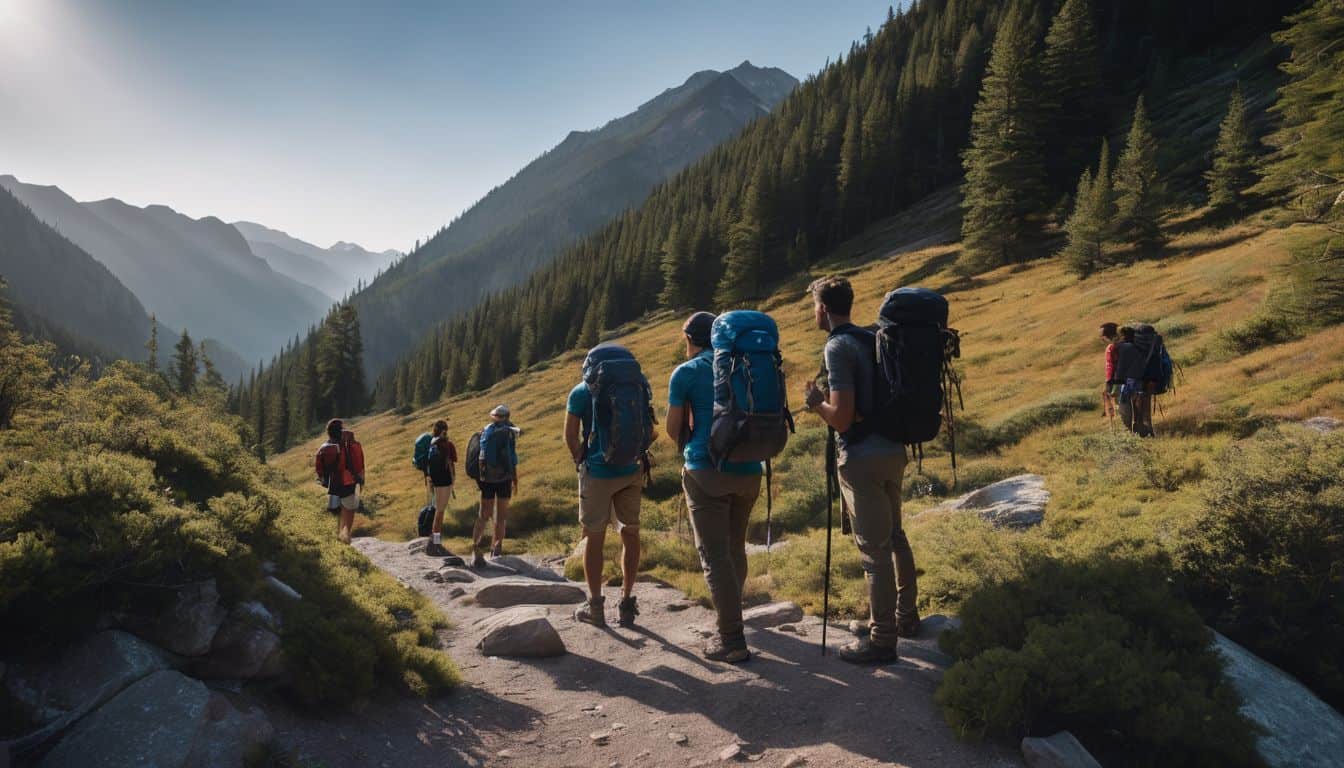
Leave a Reply